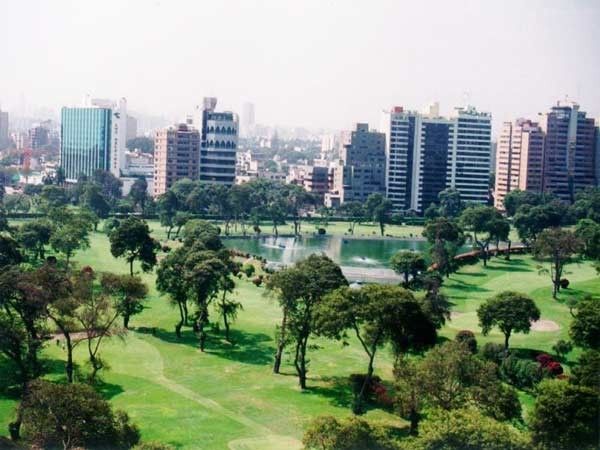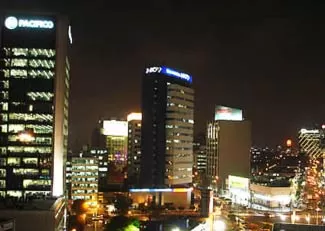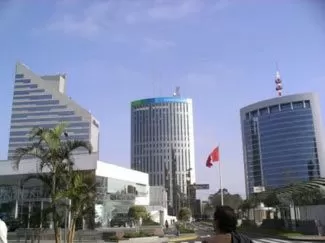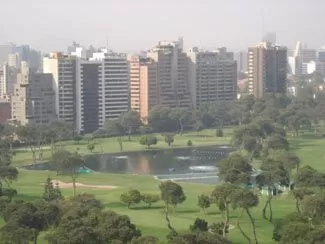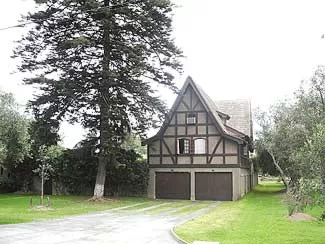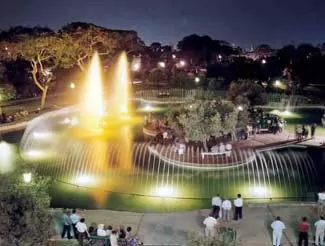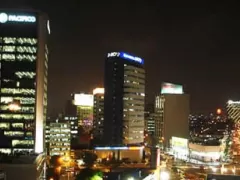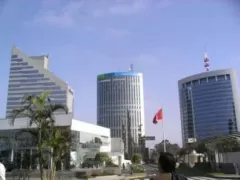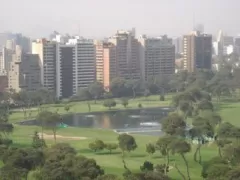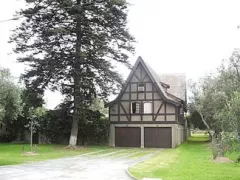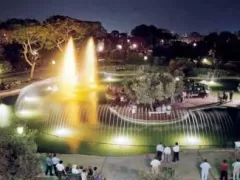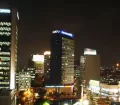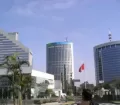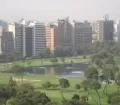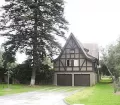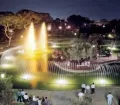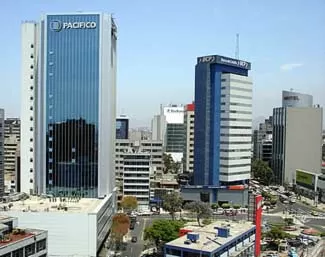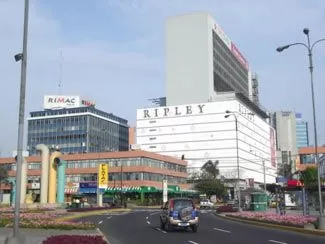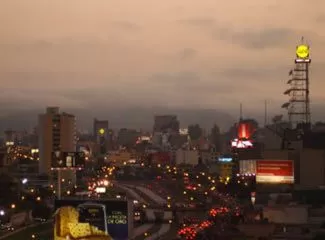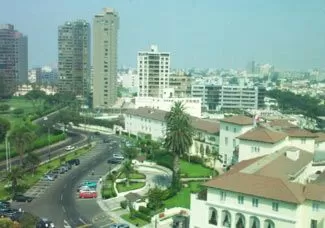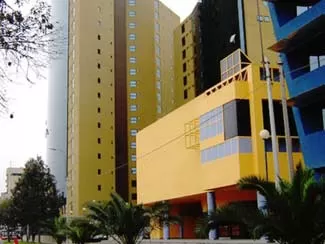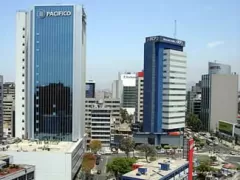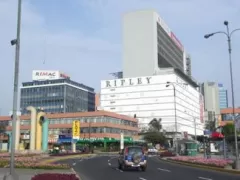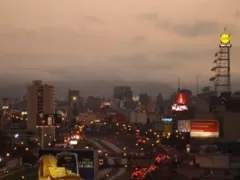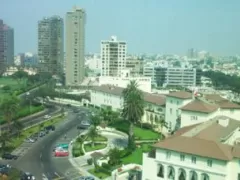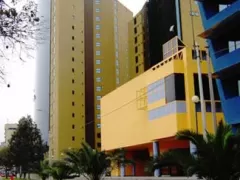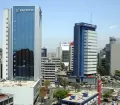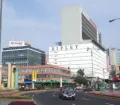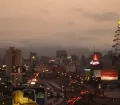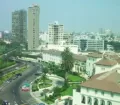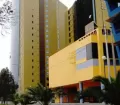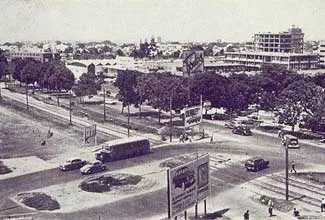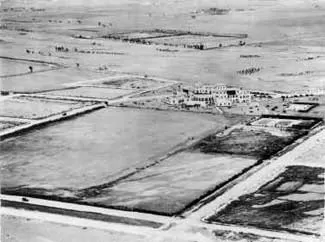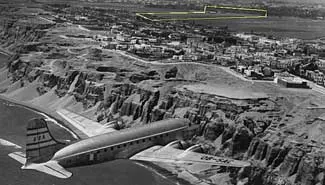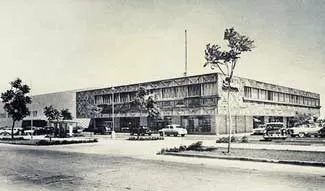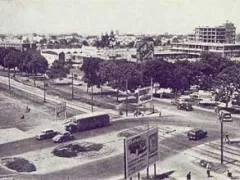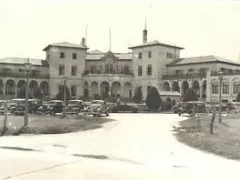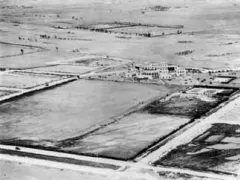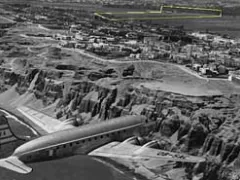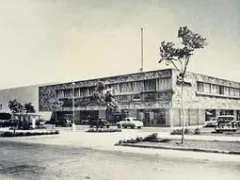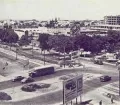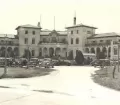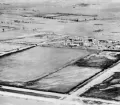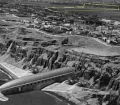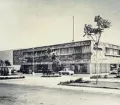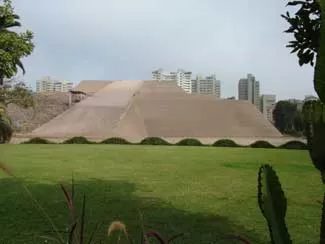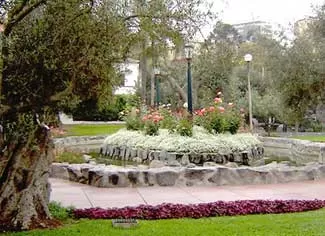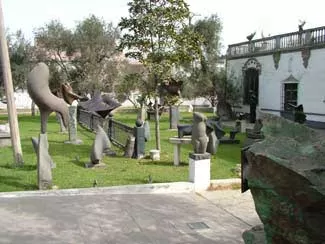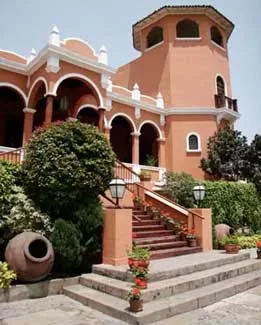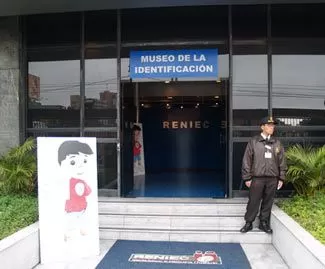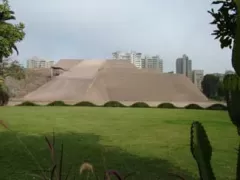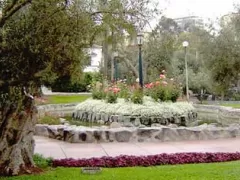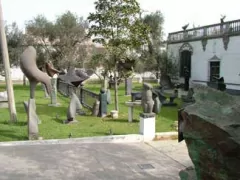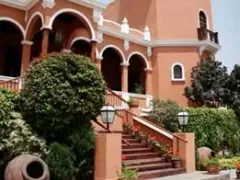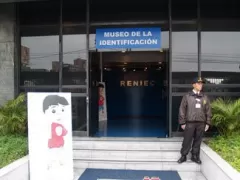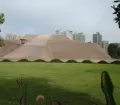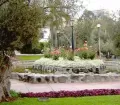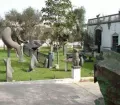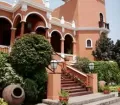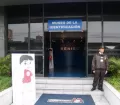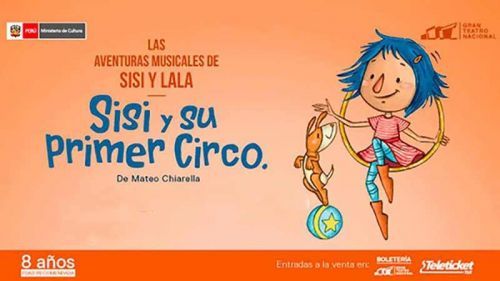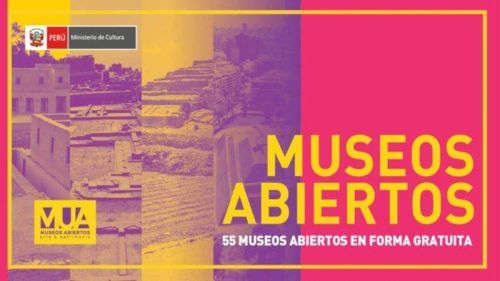San Isidro is the major financial district of Lima, but also a district with many gardens, parks and a quite exclusive residential area. Next to modern office blocks occupied by the main businesses and financial institutions, you find exclusive shops, excellent restaurants, inviting bars, cafes and of course many hotels.
Nevertheless San Isidro managed to combine this modernity and progress with its cultural and traditional past.
You still find some unique colonial mansions (especially around the famous olive grove "El Olivar") and beautiful old houses from the beginning of the 20th century which once gave San Isidro its personality. Today San Isidro is a beautiful, modern and at the same time traditional district that preserved its former elegance and character.
Facts & Figures about San Isidro
The district of San Isidro was officially established on the 24th of April 1931. San Isidro has an area of 11.1 km². The district is connected with the city center and Miraflores by the Avenida Arequipa and the Via Expresa (also called Paseo de la República or Zanjón). The district of San Isidro has the highest Human Development Index in whole Peru.
San Isidro is limited to the north by the districts of La Victoria, Lince and Jesús María, to the east by the district of San Borja, to the south by the districts of Miraflores and Surquillo and to the west by the district of Magdalena del Mar and the Pacific Ocean.
Brief History of San Isidro
The history of San Isidro goes back to the early Christian era when the "Hualla" from the Lima Culture settled in this area. A visible reminder of this time is the Huaca Huallamarca (Adobe Pyramid). Around the 11th century the "Ishma" and later, until the arrival of the Spaniards, the Inca occupied the region. At the beginning of colonial times, when the land around today's city center of Lima was distributed among noble Spaniards, the old "Hualla" region was given to "Nicolás de Rivera". The land became a hacienda with its famous olive grove, "El Olivar", as focal point.
During Republican times the hacienda grew and with it the stand of olive trees to nearly 3000. In 1920 the "Urbanizing Company San Isidro" was formed to develop the still rural area into a picturesque district with a certain unity and character. Around the olive grove as the center, houses and chalets with gardens were built. San Isidro grew to an elegant, upper-class residential district. The development of the prestigious suburban district of San Isidro was promoted by the opening of the Av. Arequipa, which connected San Isidro with the city center and Miraflores, the Lima Golf Club (Av. Camino Real block 7) in 1924 and the Country Club (Los Eucaliptos 590) in 1925.
On the 24th of April 1931 the district of San Isidro was officially established. In the 1950s San Isidro became less exclusive, the wealthy moved to even more luxurious homes in newly established up-scale districts like Monterrico or La Molina, located east of the city center. Due to the increasing movement from the city center to outer districts, San Isidro grew in size und population, but lost its upper-class character. At this time businesses and banks also left Lima's center and located their headquarters in the district. Since then San Isidro developed to the major financial centre with main businesses and financial institutions having their headquarters in one of the modern office blocks.
Places to visit & attractions in San Isidro
San Isidro is a wonderful district to wander around, go shopping, savor art galleries, enjoy excellent restaurants, cafes and bars and relax in beautiful parks. But there is more to discover.
Huaca Huallamarca
(Adobe Pyramid)
One of San Isidro's main attractions is the archaeological site of "Huaca Huallamarca", also known as "Pan de Azúcar" (Sugar bread). Built and occupied during the Lima Culture by ancient "Hualla" settlers from the Lima valley, it was home to the "Ishma" (around the 11th century) and Incas (15th and 16th century) as well. In each period "Pan de Azúcar" had a different purpose. It was first used as a temple, then as a cemetery and later as a human settlement. The "Huaca Huallamarca" is beautifully preserved. It forms a sharp contrast with its surroundings, the modern district of San Isidro, and is a tangible testimony for the highly developed communities in pre-Hispanic times. The on site museum exhibits artifacts found in "Huallamarca" since the first excavations in 1958.
Parque el Olivar
(The Olive Grove Park)
The olive grove "El Olivar" is probably San Isidro's most valuable treasure. Declared as a National Monument in December 1959 the "El Olivar" is a beautiful park that like no other area in San Isidro represents this district. The colonial olive tree plantation stands not only for the colonial and republican history and tradition but is today also a green lung for heavy polluted Lima. In and around the green oasis you find the municipal government, the famous library, an art gallery, the lagoon of El Olivar and beautiful mansions from the beginning of the 20th century. For all bird lovers: the municipality of San Isidro put up signs showing birds you can watch in the olive grove. Therefore keep your eyes open, it's amazing how many different species you can find in the middle of a city like Lima.
Casa Hacienda Moreyra
(Paz Soldán 240, San Isidro)
The "Casa Hacienda los Condes de San Isidro" also known as Casa Hacienda Moreyra, built apx. 300 years ago, was in colonial times a noble manor with a majestic chapel, a cellar and some catacombs. Here the aristocracy of Lima met. The hacienda was home to many families since then, but kept its original character. Today the beautiful mansion is partly furnished with its original colonial chattels and contains a great restaurant.
Others
- Don't miss the Museo de Marina Núñez del Prado and the Museo de la Identificación RENIEC (Read more about these museums in our museums pages...).
- The Municipality of San Isidro: Modern, Traditional, Historic, Ecological & Residential. (Official slogan of the Municipality San Isidro)


